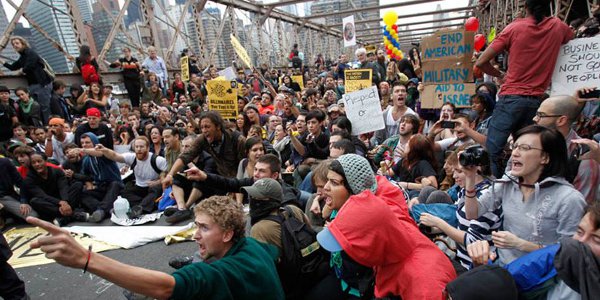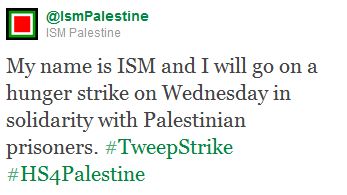Tag: Global Actions
-
The global intifada
16 October 2011 | Palestinian Grassroots Anti-Apartheid Wall Campaign, Jamal Juma Palestine is an international symbol of struggle against occupation, racism, and colonialism. On October 15, 2011 the world gathers in what some have called a global intifada, to stand up against imperialism. The first time an international activist came up to me and sincerely…
-
Occupy Wall Street not Palestine!
13 October 2011 | Palestinian BDS National Committee Occupy Wall Street not Palestine! We are part of the world’s 99% yearning for freedom, justice and equal rights! If a people one day wills to live fate must answer its call And the night must fade …
-
#TweepStrike: A call from Gaza to support Palestinian prisoners
11 October 2011 | The Electronic Intifada, Rana Baker In solidarity with Palestinian prisoners held under harsh conditions in Israel’s jails, a new twitter trend emerged today from Gaza. The trend is #TweepStrike and is an open invitation to everyone across the globe to go on a hunger strike on Wednesday Oct. 12th. A few months…


